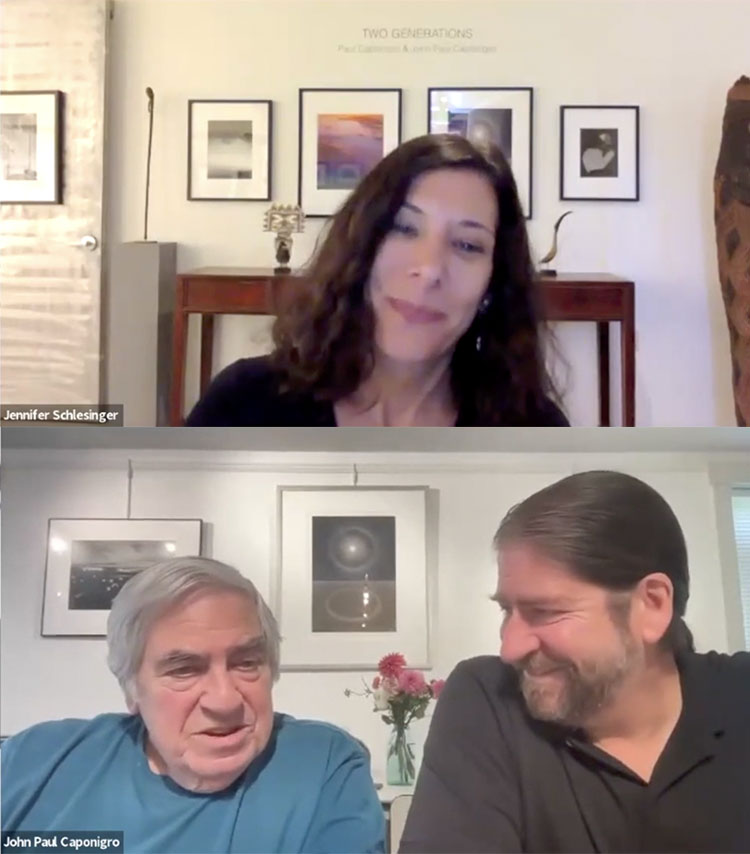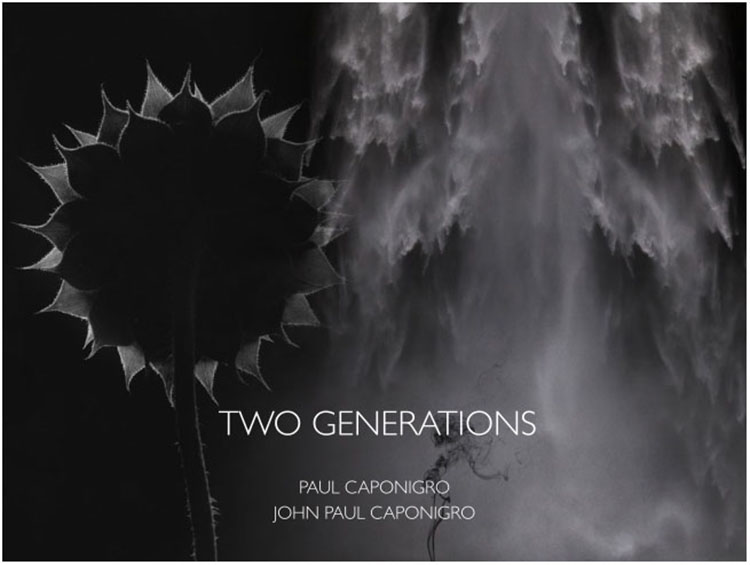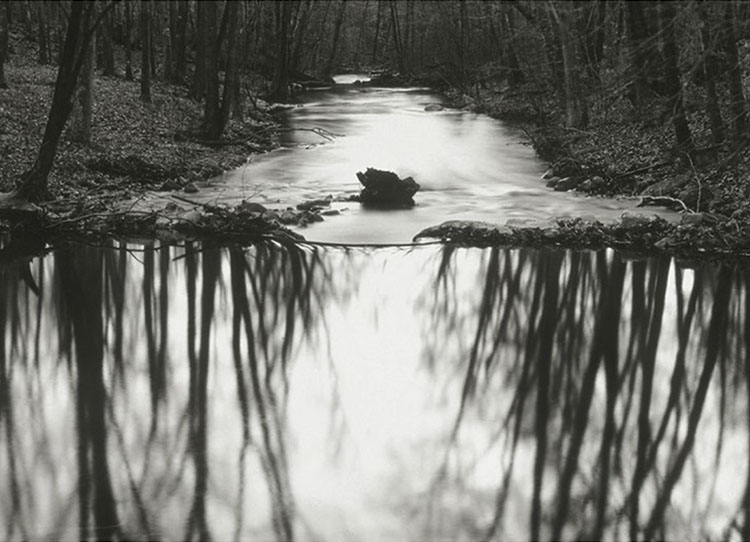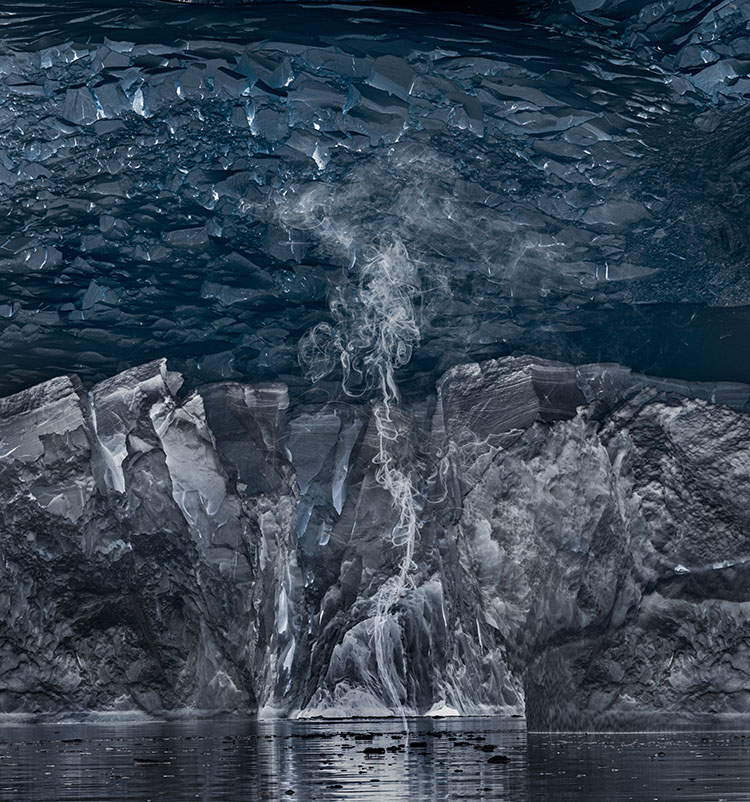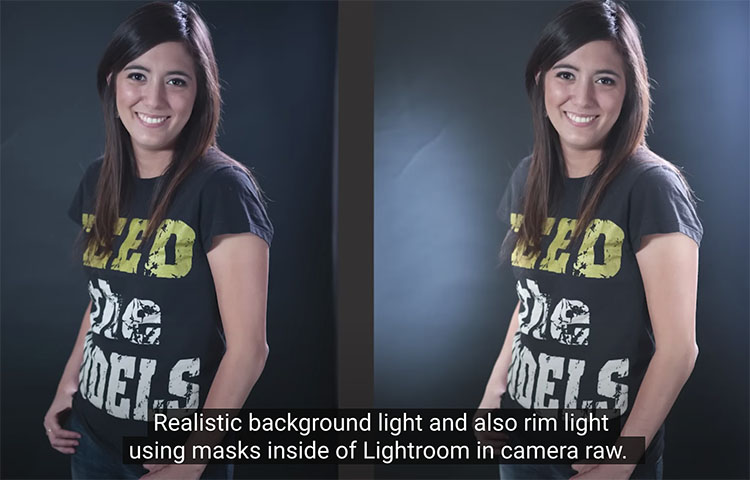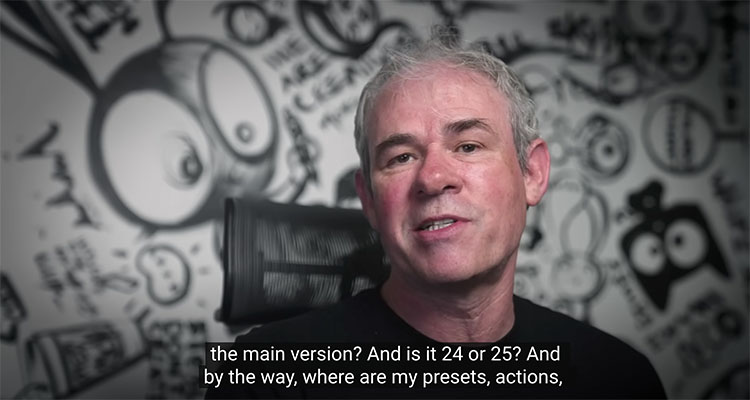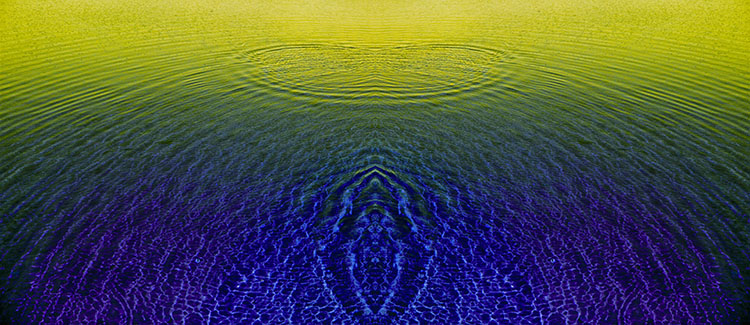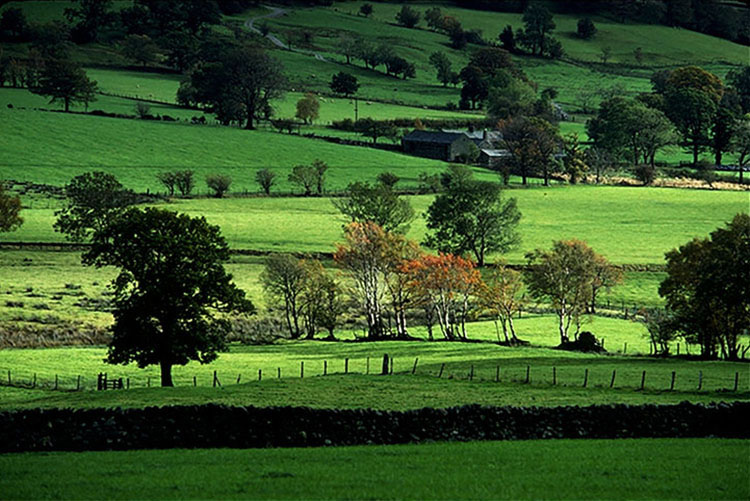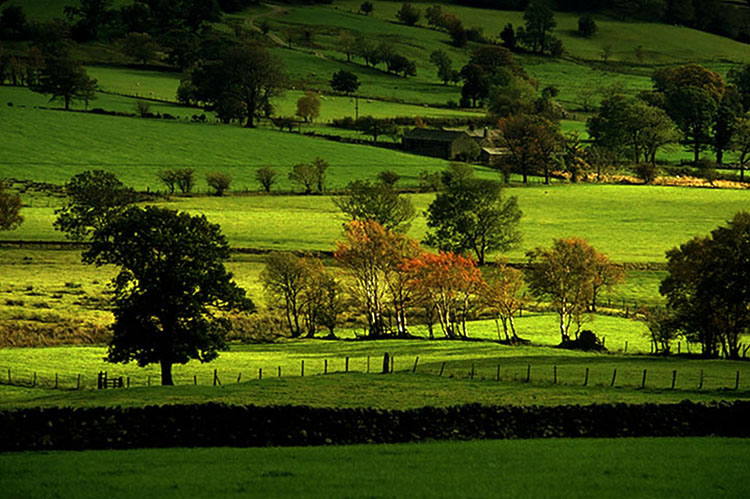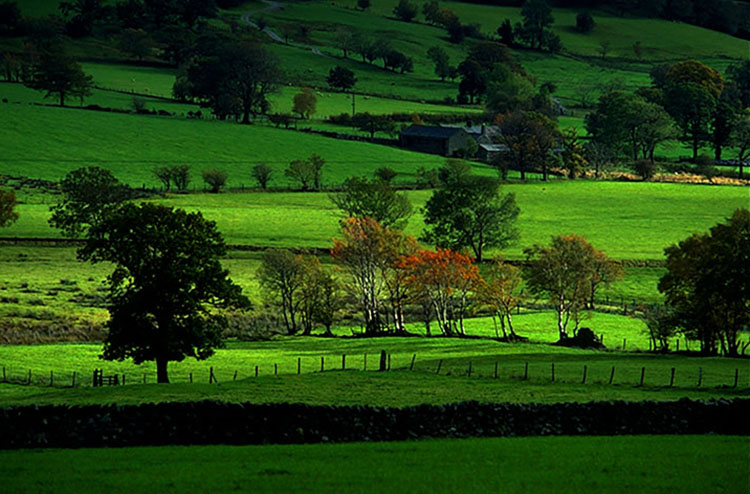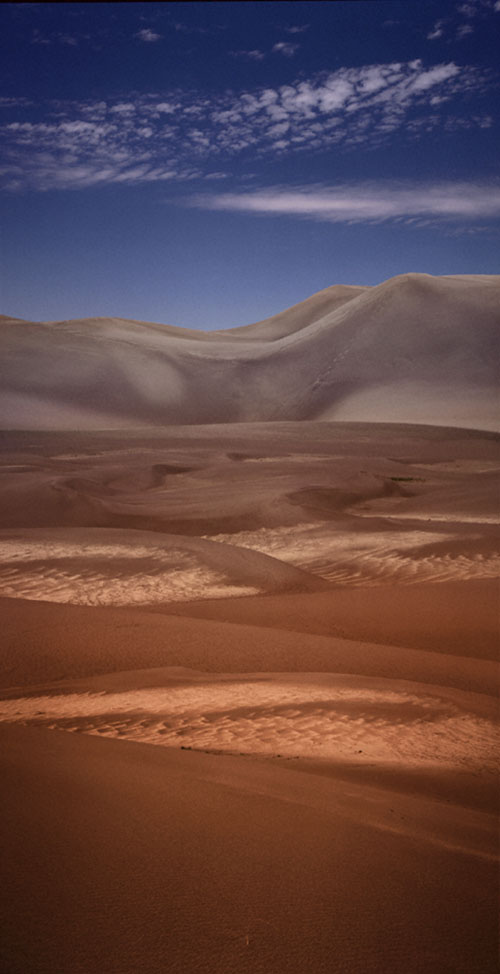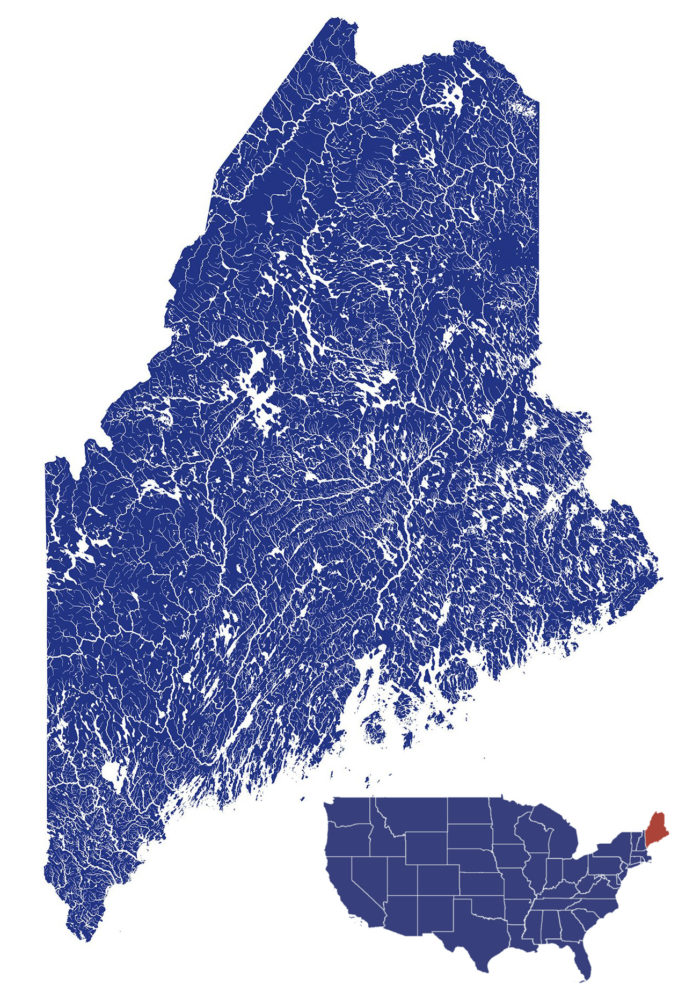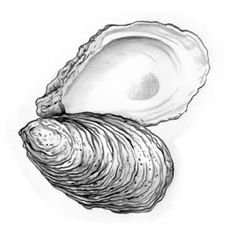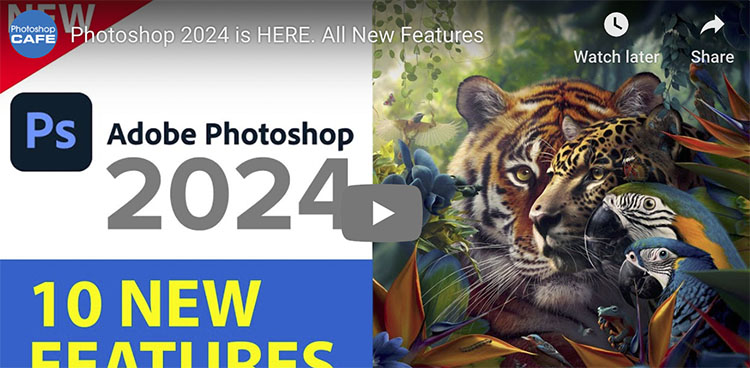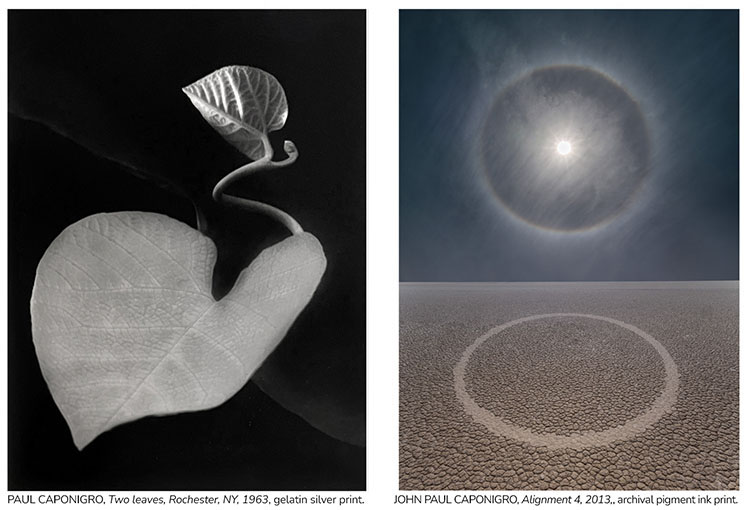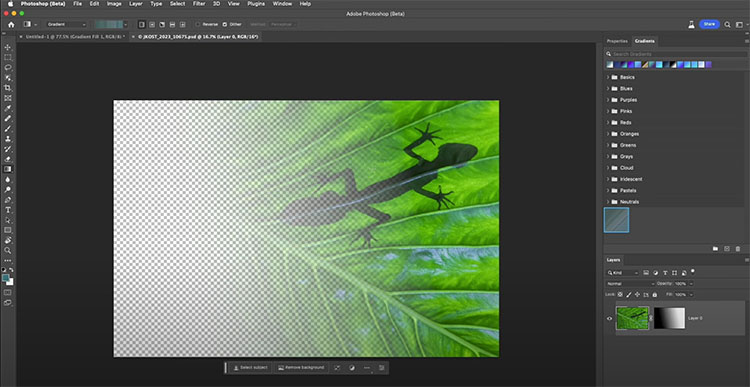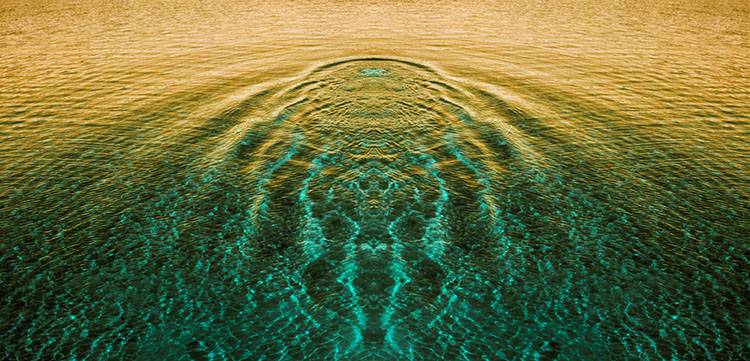
Enjoy this collection of quotes on the color green.
Which is your favorite? Have one to add? Leave a comment!
“Green is the prime color of the world and that from which its loveliness arises.”
– Pedro Calderon de la Barca
“It seems very safe to me to be surrounded by green growing things and water.”
– Barbara Kingsolver
"It's been proven by quite a few studies that plants are good for our psychological development. If you green an area, the rate of crime goes down. Torture victims begin to recover when they spend time outside in a garden with flowers. So we need them, in some deep psychological sense, which I don't suppose anybody really understands yet."
- Jane Goodall
"Nature in her green, tranquil woods heals and soothes all afflictions."
– John Muir
“Absolute green is the most restful color, lacking any undertone of joy, grief, or passion. On exhausted men, this restfulness has a beneficial effect, but after a time it becomes tedious. ”
– Wassily Kandinsky
“Green is the fresh emblem of well-founded hopes. In blue the spirit can wander, but in green, it can rest.”
– Mary Webb
"Even in winter, it shall be green in my heart."
– Frederic Chopin
“Keep a green tree in your heart and perhaps the singing bird will come.”
– Lois Lowry
“No one thinks of winter when the grass is green.”
— Rudyard Kipling
"Green strongly influences the heart and helps alleviate tension. Positive qualities associated with green are generosity, humility, and cooperation."
– Tae Yun Kim
"The garden of love is green without limit and yields many fruits other than sorrow or joy. Love is beyond either condition: without spring, without autumn, it is always fresh."
- Rumi
“Remember, green’s your color. You are spring.”
– Gwendolyn Brooks
"For still there are so many things that I have never seen: in every wood in every spring there is a different green."
– J. R. R. Tolkien
"For in the true nature of things, if we rightly consider, every green tree is far more glorious than if it were made of gold and silver."
– Martin Luther
"Ultimately, the only wealth that can sustain any community, economy or nation is derived from the photosynthetic process - green plants growing on regenerating soil."
- Allan Savory
"By the way, most of the light that comes from the sun is green."
– Bill Nye
"No water, no life. No blue, no green."
– Sylvia Earle
“Green is a process, not a status. We need to think of ‘green’ as a verb, not an adjective.” – Daniel Goleman
